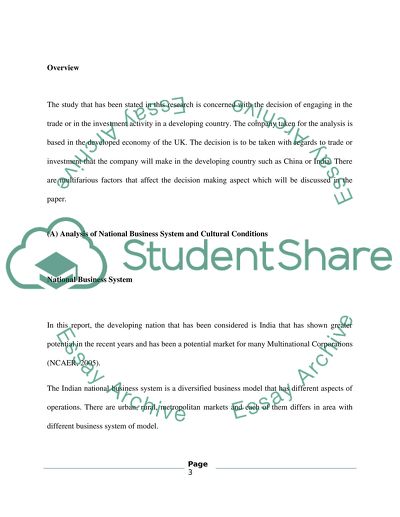Cite this document
(“International Business Enviornment Essay Example | Topics and Well Written Essays - 3000 words”, n.d.)
Retrieved from https://studentshare.org/environmental-studies/1405185-international-business-enviornment
Retrieved from https://studentshare.org/environmental-studies/1405185-international-business-enviornment
(International Business Enviornment Essay Example | Topics and Well Written Essays - 3000 Words)
https://studentshare.org/environmental-studies/1405185-international-business-enviornment.
https://studentshare.org/environmental-studies/1405185-international-business-enviornment.
“International Business Enviornment Essay Example | Topics and Well Written Essays - 3000 Words”, n.d. https://studentshare.org/environmental-studies/1405185-international-business-enviornment.


